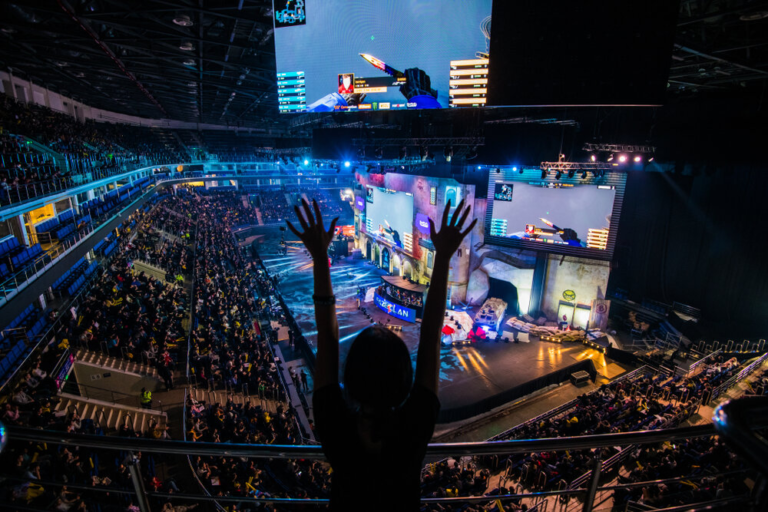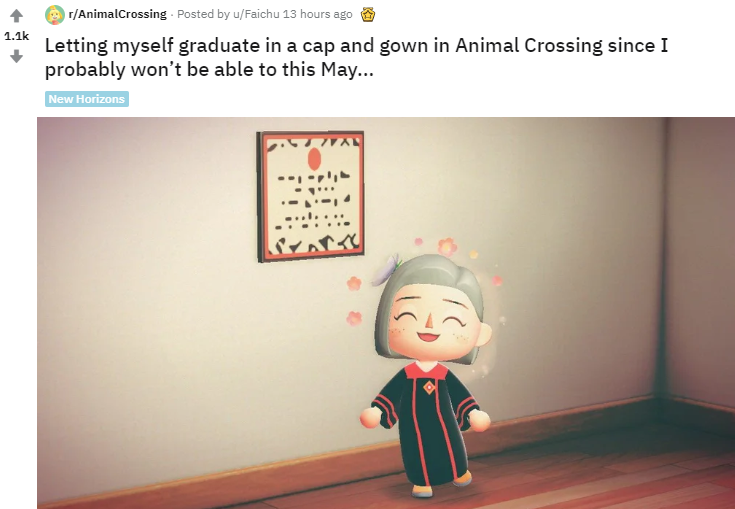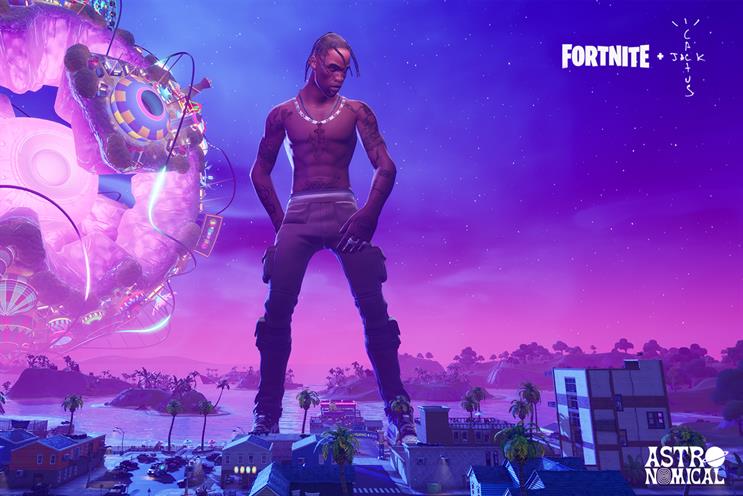
By Reilly Stephens
In 2019 Netflix CEO Reid Hastings sent an internal memo to shareholders addressing the competitive landscape and set out how Netflix would continue driving subscription and viewership. Only a couple of months prior, Disney had announced their foray into streaming, leaving many feeling uneasy, seeing Disney as an imminent threat to Netflix’ subscriber rate. While Hastings was quick to squash market fears around Disney +, he was also quick to point out what he saw as the more serious threat. “Our focus is not on Disney+, Amazon or others, but on how we can improve our experience,” Hastings said. “We compete with (and lose to) Fortnite more than HBO.” he continued. In other words, as Hastings saw it, the threat that Netflix was most afraid of wasn’t other content streaming platforms but another industry altogether. One that had been silently devouring market share and attention – the gaming industry.
The video game industry has been steadily on the rise since the first gaming console entered homes in North America in the 70’s. In 2020, as many would have expected, usage exploded. According to Nielsen, “82 percent of global consumers played video games and watched video game content during the height of COVID-19 pandemic lockdowns.” In March of 2020 video game sales in North America were up 34 percent from prior year while hardware sales were up 63 percent, as many gamed as a way to pass the time in lock down. By July 2020 total sales of video game consoles and games in the US had reached US$6.6 billion — the highest in 10 years. More intriguing than the sheer sales volume, however, was that people were not only turning to video games to pass time, but also using them as a platform for social connectivity.
None of this comes as a surprise to Matt Schmidt. Schmidt is CEO of Alpha Tech, a company committed to transforming the future of esports. In fact, in a recent conversation I had with Schmidt he said, “video games are becoming the go-to social media platform for gamers”, adding that the climate and conditions caused by Covid-19 make gaming the perfect option. “I think a lot of people coming out of this will experience forms of stress and anxiety” Schmidt said. If you look back at the Great Depression, people spent money on two things – food and entertainment. People want to have their spirits lifted, have fun and connect.”
It is my belief that while there is no doubt that gaming during the pandemic has provided people with an outlet and both stress relief and fun, it goes much deeper than that.
Increasingly, gamers are creating environments in these virtual worlds to mirror the nostalgic normality of pre-pandemic life. In fact, in one case, students in both San Antonio and the Bronx borough of New York recreated their high schools inside the game Minecraft so they could see each other on a daily basis and interact there. One high school-aged player of the video game Animal Crossings created an avatar that was wearing a graduation cap and gown to celebrate her graduation that she was unable to attend in real life, due to the pandemic.

It all points to the fact that games have transcended entertainment and become part of a social fabric for hundreds of millions of us. Environments we not only play in, but to a growing extent, live in. Until recently however, brands have largely ignored gaming as a commercial channel, leaving an opening that companies like Roblox are capitalizing on.
In 2020, the company announced that they had reached over 150 million monthly users, due largely to the fact that the pandemic has forced children to stay at home. According to one report, as of June 2020, the platform had surpassed the milestone of $1.5 billion in lifetime player spending, a 30 percent increase from only 7 months earlier. Roblox recognized that the longer users spent gaming, the more unique opportunities they had to monetize.
Capitalizing on the surge in activity on their platform, in June 2020 Roblox launched Party Place, a private room for users to meet and host birthday parties for children. This required hosts to set up a Roblox private server which typically costs 400 Robux, an in-game currency that can be purchased using real-world funds (400 Robux is equal to about $10 USD). They also launched the “Play Together” game, which was created to encourage developers to create games within the platform that resembled everyday life. Players could visit virtual shopping malls, go camping and hit up waterparks together. Both concepts were, and continue to be, a hit with kids and parents alike. Kids are able to connect with their friends, and parents love the security and safety aspect of a private server. Some parents even give their kids Robux as allowance to empower them to play (and buy) within the platform.
Roblox is hardly the only brand in the market to see the potential for gaming as a social gathering point. In 2020 online game, Fortnite launched a concert series featuring high profile artists like singer Dominic Fike. This followed the astonishing success of past events including rapper and pop culture icon, Travis Scott’s concert hosted in April 2020 in which Fortnite saw 12.3 million players attend. This didn’t include coverage streamed to outside platforms like Twitch. Other mini-shows that Epic hosted featured world-renowned DJ’s like Diplo, Steve Aoki and Deadmau5. This shows us that games have become a legitimate and valuable live concert venue. Nate Nanzer, Head of Global Partnerships at Epic Games summed the trend up by saying “This is a tour stop, if you’re on tour, you want to stop on the Fortnite stage. It’s a unique way to get in front of an audience that maybe you’re not reaching through other means.”

What becomes clear is that gaming networks are no longer simply about gaming. These virtual spaces have become go-to social networks. Now, retailers and brands at large must begin to regard these virtual spaces as addressable commerce markets. Back in the day, teens would hang out in malls for fun and retailers paid premiums for the prime real estate within them. Now, teens hang out in virtual environments and astute brands will recognize the opportunity to view this virtual space as prime real estate. Not only that, but as digital advertising costs skyrocket, gaming may offer an efficient media channel to reach this market.
Now, teens hang out in virtual environments and astute brands will recognize the opportunity to view this virtual space as prime real estate.
Despite the reluctance of the retail industry to embrace gaming, some brands have already clearly seen the opportunity it represents. Gucci, for example, was one of the first brands ever to launch clothing available for purchase on Roblox and now has over 50 pieces in their collection. Similarly, Louis Vuitton recently announced a collaboration with video game creator Riot Games whereby users can purchase the French luxury designers’ “skins” which is virtual clothing for player avatars. And if that wasn’t indicative of how massive gaming is becoming – IKEA just announced a line of products like chairs and desks made specifically for gamers.
This is only the beginning.
On February 3, 2021, on his second day on the job, Andy Jassy, CEO of Amazon made headlines when he announced the company would continue to invest and refine its gaming division Amazon Games. Building video game channels with a commerce component could be the first major step in priming their youngest consumers within the Amazon ecosystem, setting them up for a lifetime of loyalty to the company through entertainment, hyper-specific recommendations, low prices and dependable and fast service. And make no mistake, when Amazon gets the linkage between gaming and commerce right – it will be game over.




